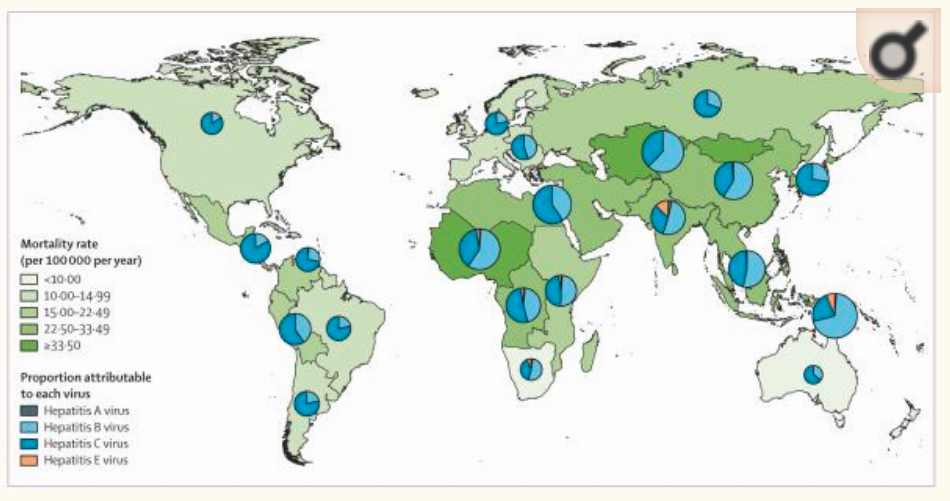International Association of Hepatitis Task Forces
Our mission
Our mission is to provide support, networking for developing, and existing community viral hepatitis coordinated activities, reinforcing regional efforts for better access to care for those affected and deliver greater tools to encourage the medical and scientific community throughout the world.
What we do
We provide support, networking for developing, and existing community hepatitis task forces, reinforcing regional efforts for better access to care for those affected and deliver greater tools to encourage the medical and scientific community throughout the world.
Initiatives of the International Association of Hepatitis Task Forces
- Advocacy for patients with hepatitis B and C worldwide
- Enhance access to care and drive public health reform globally
- Health Equity
- Linkage to Care
- Global Communication to foster understanding
- Patient Empowerment
- Unification of Voices
- De-stigmatization
- Building Capacity
- Resource development
- Transforming cultural competency to driving outcomes
- Disparity reduction
- Knowledge enhancement through education and public awareness
- Leveraging technology in care
- Driving innovation and research for elimination target
- Stakeholder inclusion that puts the patient first
- Legislative weigh in as a unified body on policy issues
- Addressing co-morbidity's
- Going to the root of social determinants
History
Viral hepatitis is a leading cause of death and disability worldwide. Unlike most communicable diseases, the absolute burden and relative rank of viral hepatitis increased between 1990 and 2013. The enormous health loss attributable to viral hepatitis, and the availability of effective vaccines and treatments, suggests an important opportunity to improve public health.
Effective vaccines for HAV and HBV have been available for more than two decades, and an HEV vaccine was licensed in China in 2011, but is not widely available. 6 More recently, major improvements in antiviral therapies for HBV and HCV have been made. In the absence of a vaccine, progress in HCV treatment has been particularly important. New short-course oral treatments can achieve cure in most patients, including those previously considered difficult to treat, although long-term follow-up data are not yet available. 7, 8 Together, these advances overcome many barriers to the control and treatment of viral hepatitis in low-income countries and are set to be important components of a new global health strategy. 9 However, a better understanding of the burden of disease is required to guide these efforts.

Excerpted from: The global burden of viral hepatitis from 1990 to 2013: findings from the Global Burden of Disease Study 2013
Lancet. 2016 Sep 10; 388(10049): 1081-1088.
Published online 2016 Jul 7. doi: 10.1016/S0140-6736(16)30579-7